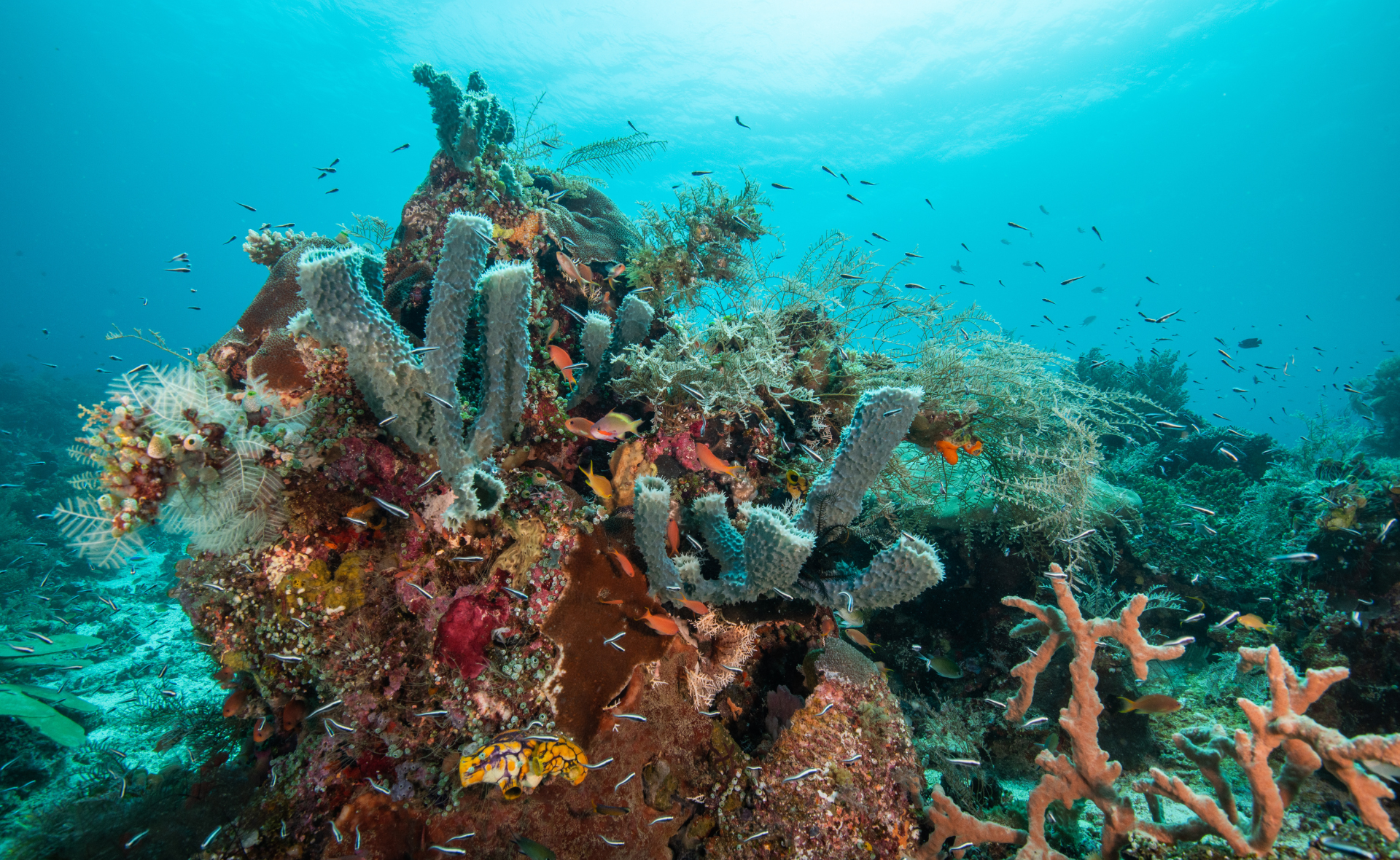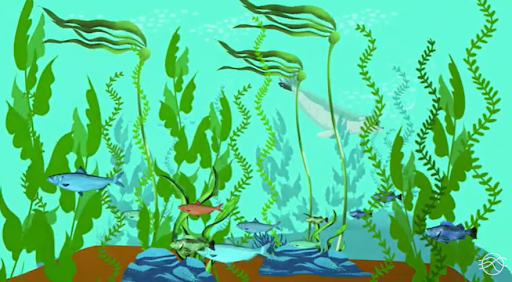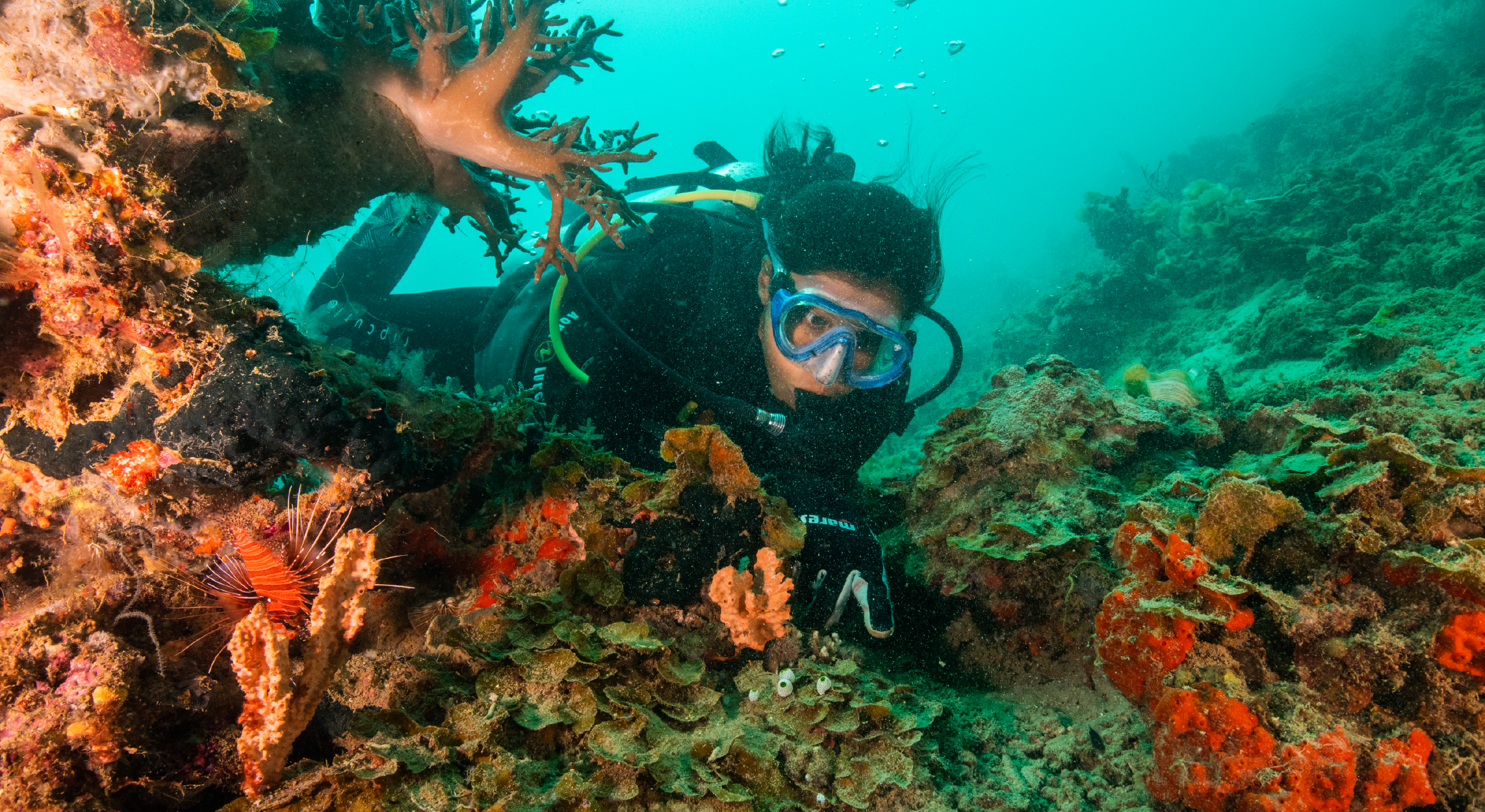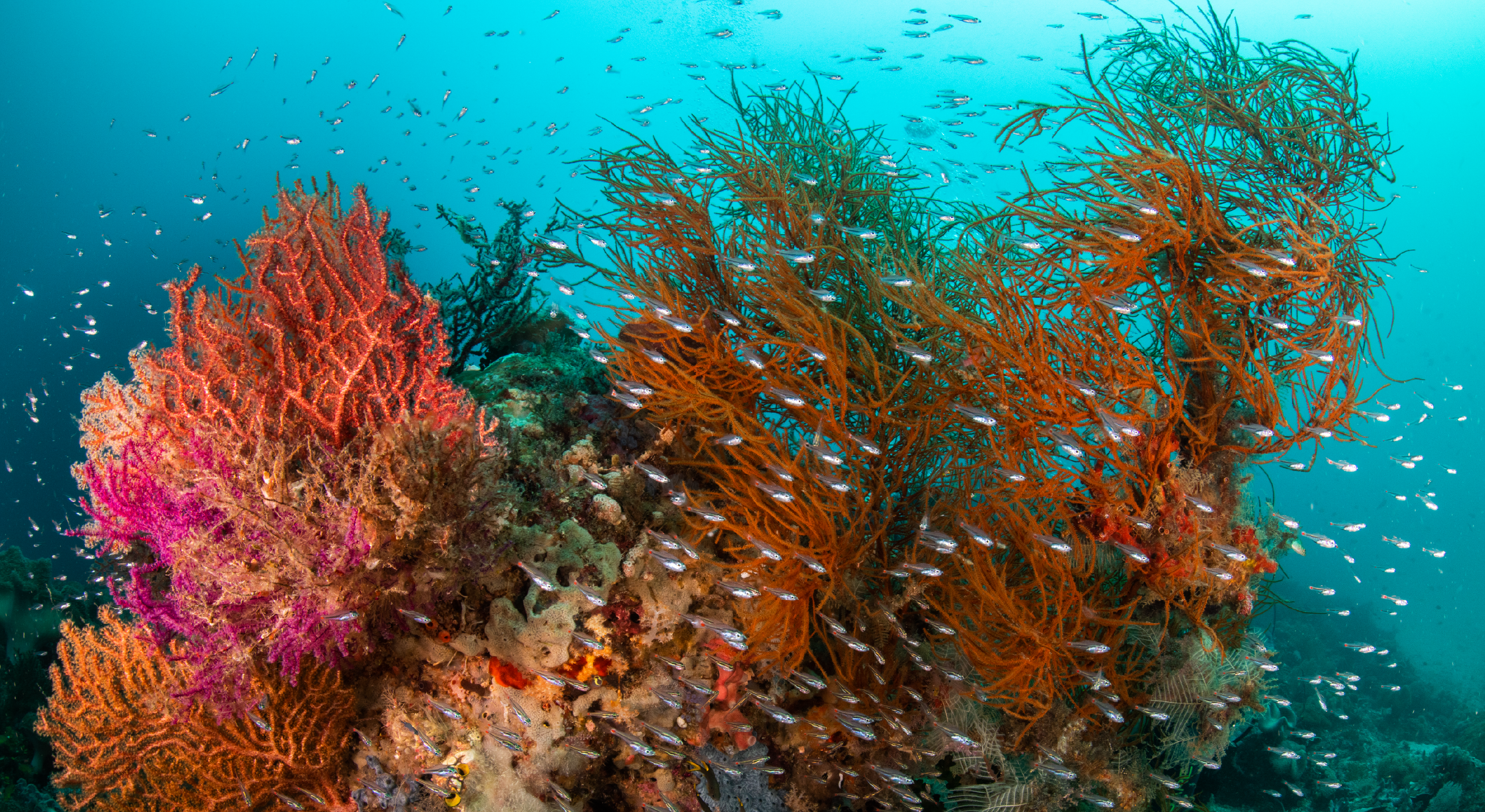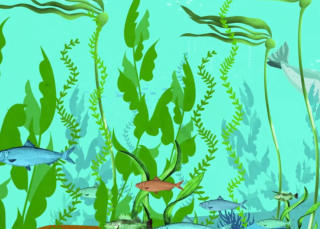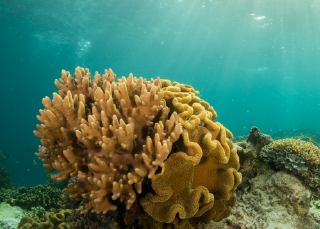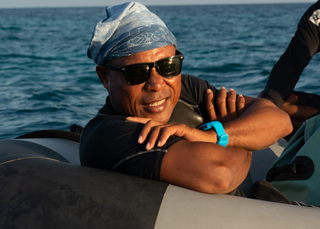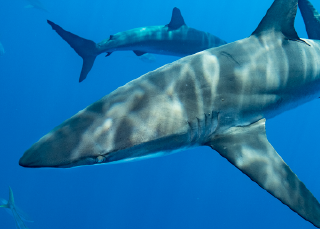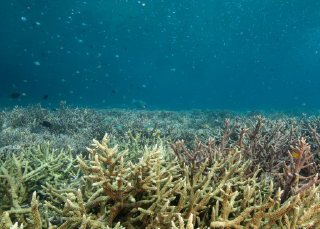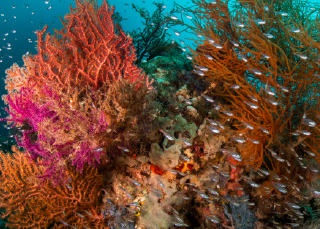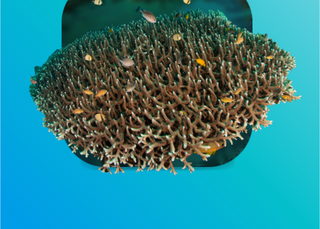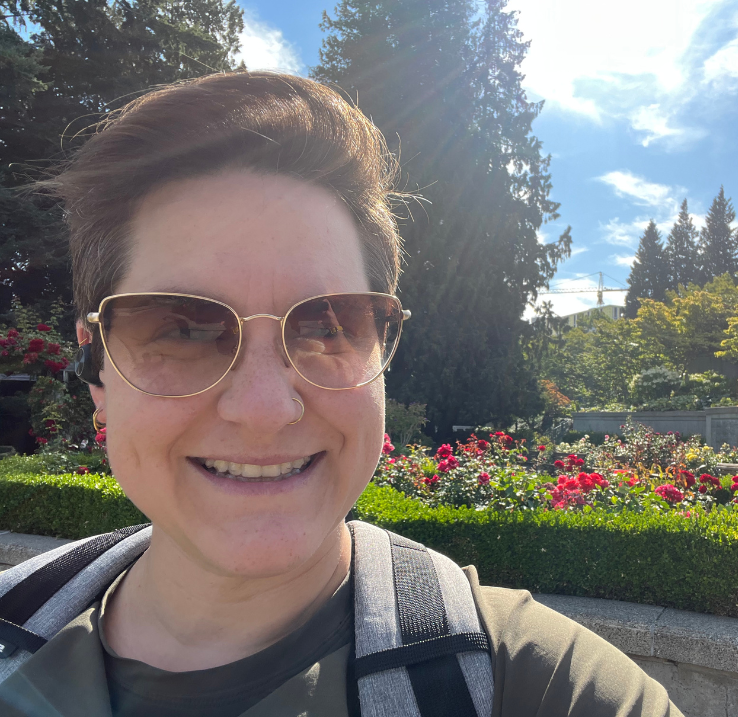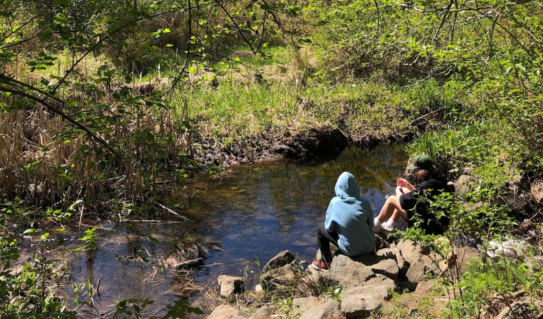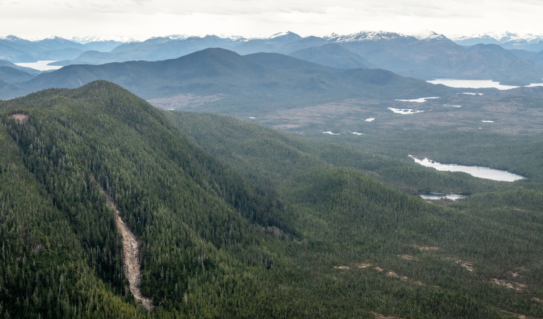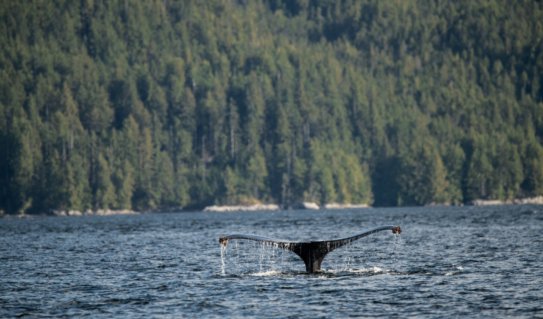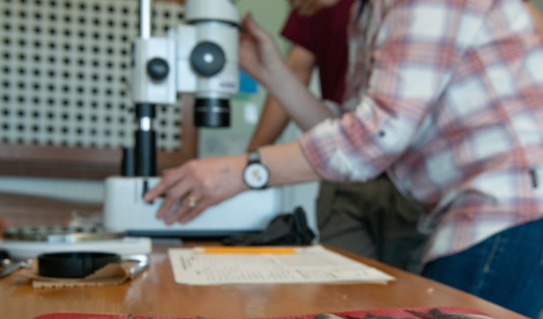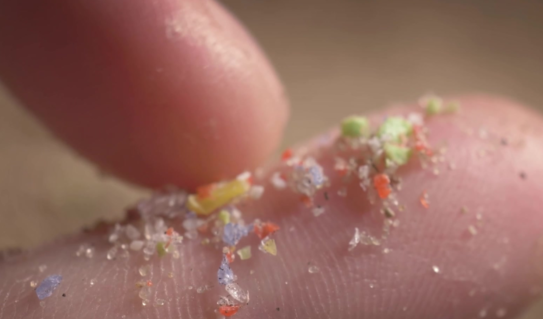About Alyssa de Leon
Alyssa de Leon (she/her) is a secondary Science teacher near Edmonton, AB. She is inspired in work and play by all of the wonderful adventures that Alberta has to offer, and can be found hiking, rock climbing and stargazing when she’s not in the classroom. She shares her passion for the natural world with her students by connecting classroom science with real-world experiences, social and climate justice initiatives, and participating in local citizen-science activities. Alyssa can be contacted by email at: alyssadeleon003@gmail.com.
